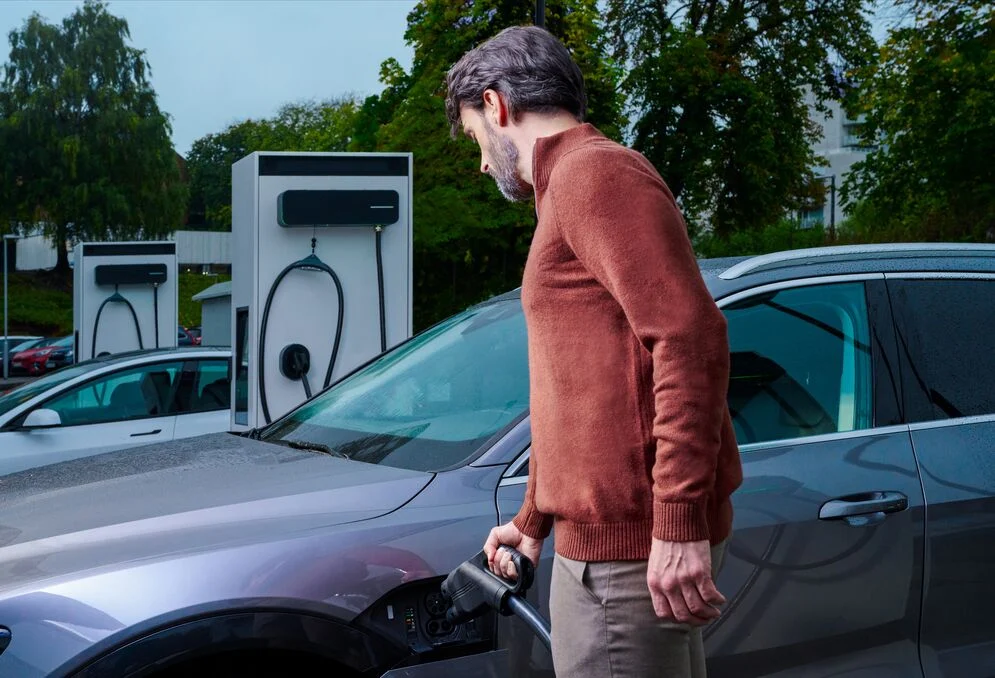
DC Fast Charger: A Rapidly Evolving Business Opportunity
Refueling a car used to be something you did exclusively at gas stations. With electric vehicles, drivers can now charge wherever they park, opening up a new and innovative opportunity for many businesses to tap into. As EV sales continue to rise, range anxiety has become a major barrier to adoption. However, strategically placed public fast chargers can help overcome this challenge.
As the EV industry grows, so do the opportunities for businesses to enter the fast charging market. Many are exploring DC fast charging solutions to meet the rising demand. Let’s dive into the technical side of DC charging and understand how it works.
What is DC Fast Charging?
DC fast charging, also known as Level 3 charging, is the fastest and most powerful option available for EVs. These chargers can deliver between 50 kW and 400 kW, adding between 173 miles (278 km) and 298 miles (480 km) of range in just one hour, depending on the vehicle's battery and charging capabilities.
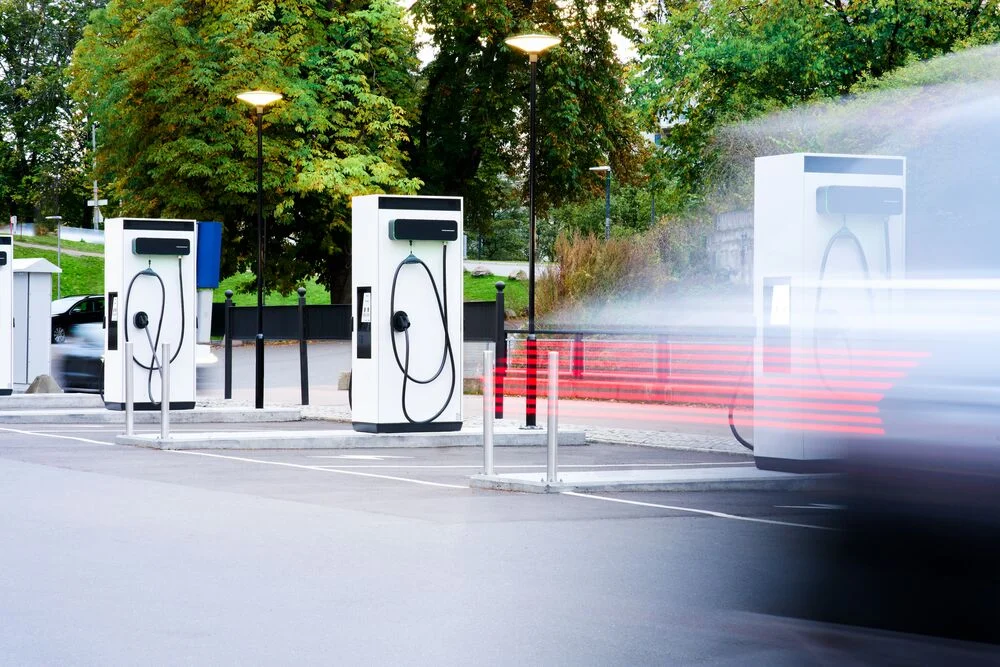
Compared to slower AC charging, DC charging provides significantly faster charging times. For example:
- Using a DC fast-charging station, a medium-sized EV can be charged in 17–52 minutes.
- Using an AC charging station, the same vehicle may take between 1 hour 45 minutes and 6 hours.
The difference is clear, and it’s easy to see why DC charging would appeal more to customers. But why is DC so much faster?
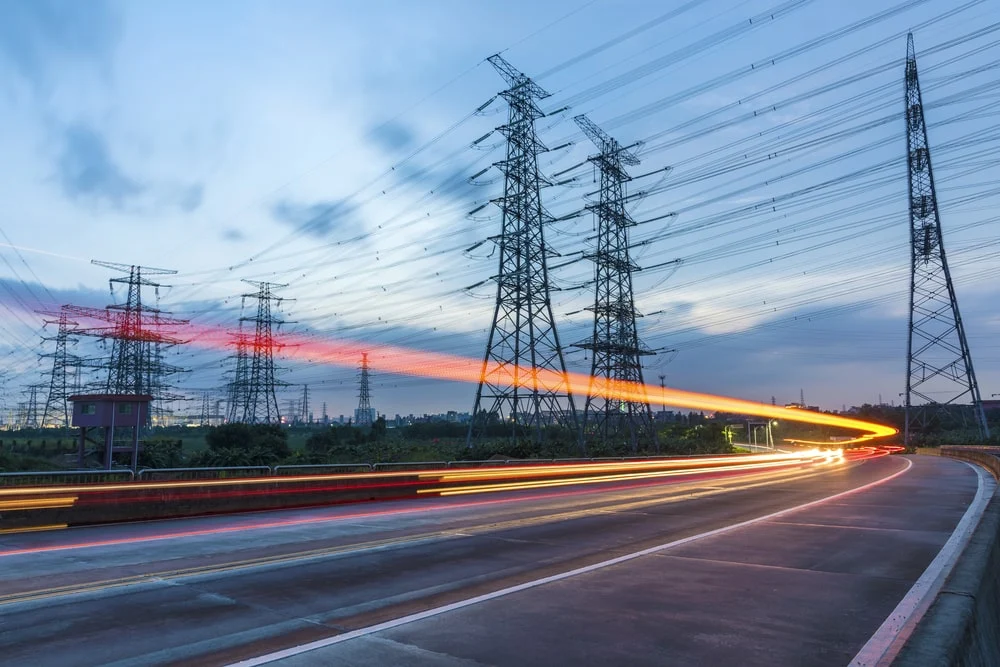
Why Is DC Charging Faster Than AC?
Electric vehicle batteries store DC power, while the grid delivers AC. Therefore, AC must be converted to DC before it can be stored in the battery. The key difference lies in where this conversion happens. AC charging relies on onboard converters in the vehicle, whereas DC fast chargers convert AC to DC within the unit itself before delivering it to the car.
You can learn more about the differences between AC and DC charging here.
How Much Does a DC Charging Station Cost?
Compared to commercial AC charging stations, DC fast chargers require a significant investment. The cost varies based on factors like the maximum power output, location, and installation complexity. On average, a DC charging station can cost around €50,000 per station, not including installation, which often accounts for 30–50% of the total cost.

DC Charging Station Architecture
When considering a DC charging station, understanding its footprint is important. There are two main types: standalone and split.
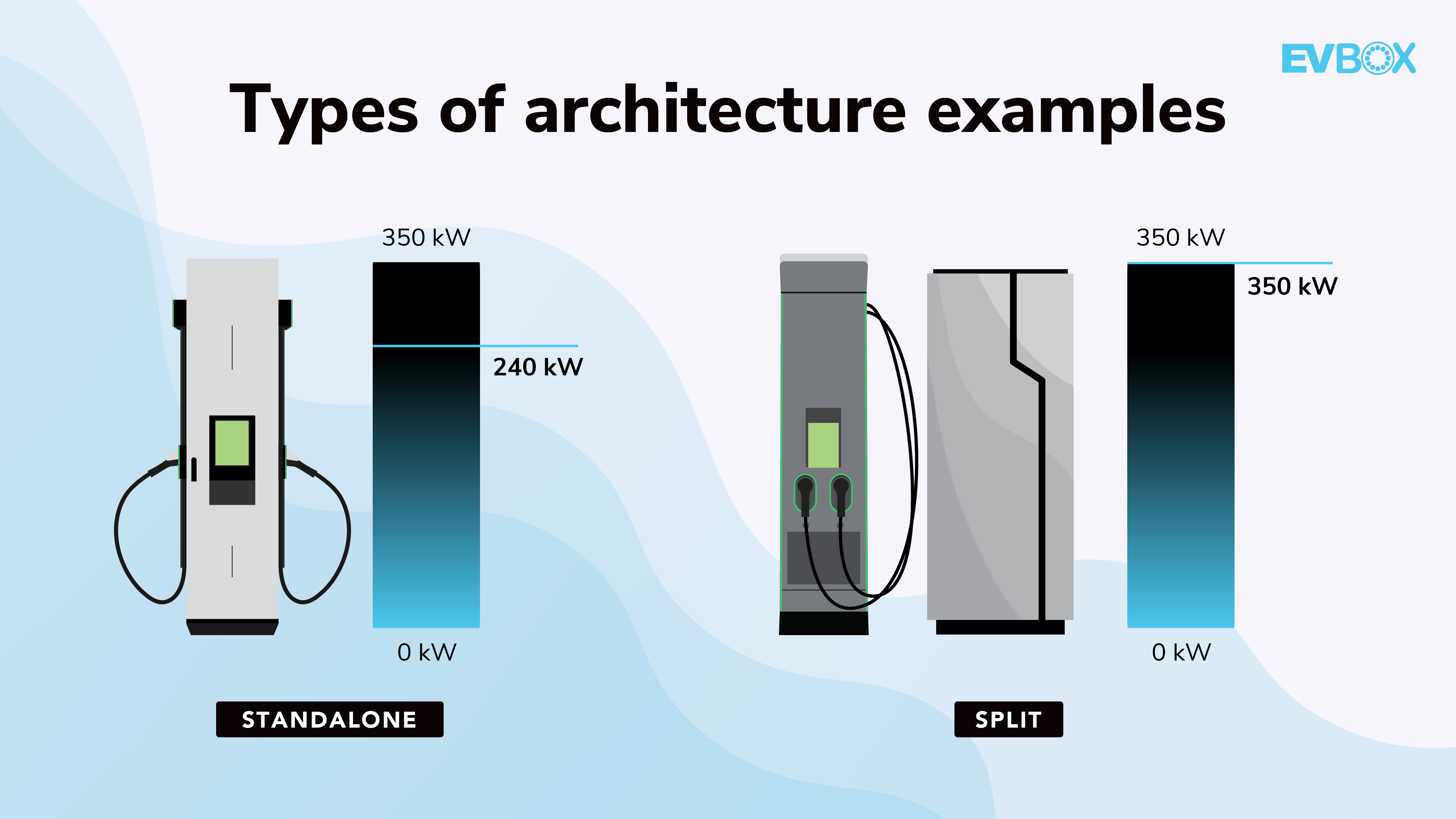
Understanding these architectures helps businesses choose the best fit for their needs.
Standalone DC Charging Stations
These units are self-contained and include all necessary components for fast charging. They are ideal for locations with limited space and offer high power outputs, typically ranging from 50 kW to 400 kW.
Split DC Charging Stations
Split systems consist of a user unit and a separate power unit. While they allow for greater flexibility and higher power outputs (up to 600 kW), they require more cabling and have a larger footprint.

Standalone vs. Split DC Charging Stations
Choosing between the two depends on your business needs. Standalone units are ideal for high-traffic areas, while split systems offer more flexibility for commercial or hospitality settings.
DC Charging Cable
DC stations come with integrated cables designed to handle high power efficiently. These cables are often thicker to avoid derating and may include active cooling to manage high current flow.
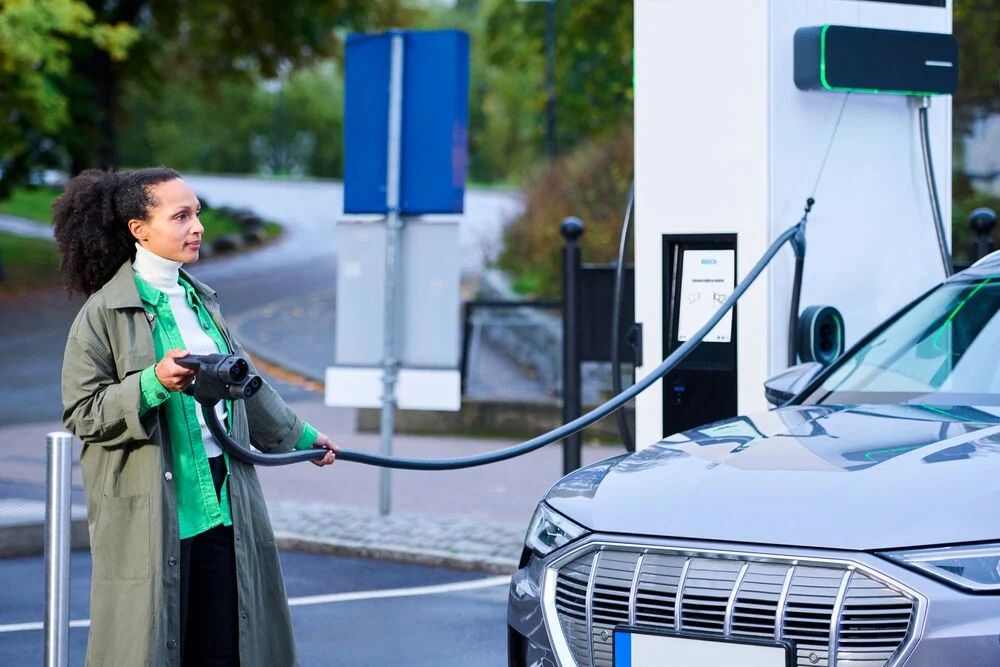
It's important to note that the actual power delivered to the vehicle depends on its battery capacity. For instance, a Tesla Model 3 may only receive 250 kW even if the station can provide 300 kW.
DC Connector
DC connectors vary by region but are designed to support rapid charging. Common standards include CCS in Europe and North America, the Tesla Supercharger connector, GB/T in China, and CHAdeMO in Japan.
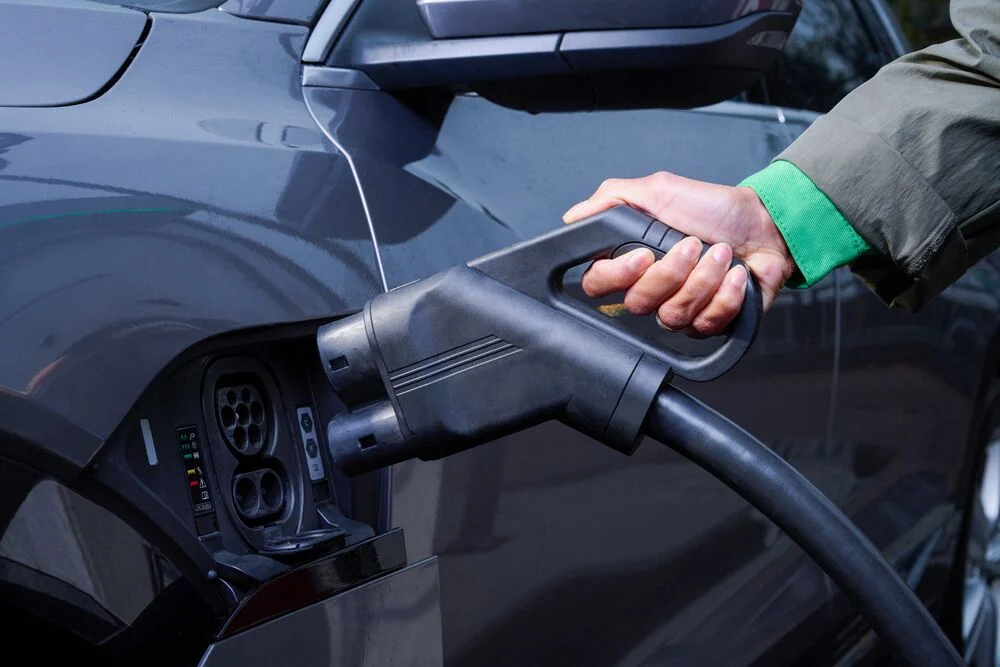
Understanding these standards is crucial for ensuring compatibility and convenience for EV drivers.
Discover Our DC Fast Charging Stations
We offer a variety of DC charging stations tailored for businesses worldwide. Explore our portfolio of DC charging solutions to find the right option for your operations.







